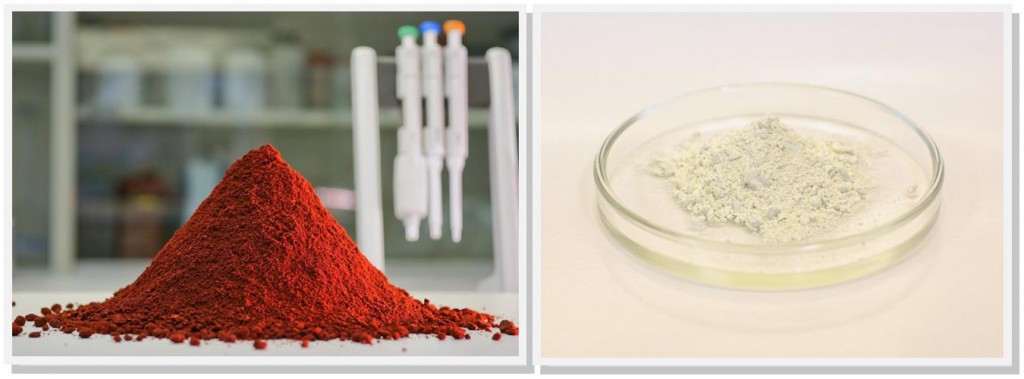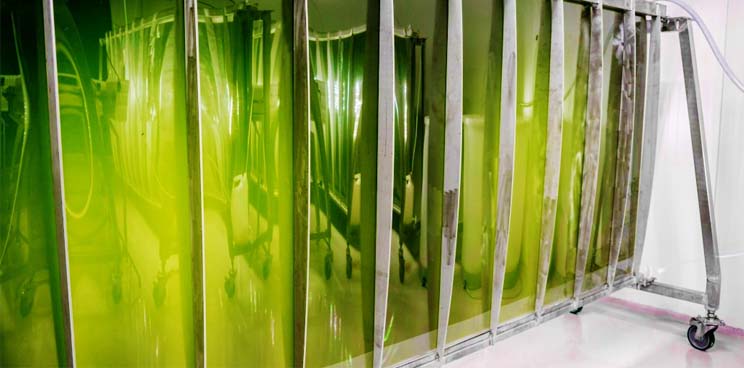GlycoMar (Scotland) and MicroA (Norway) are Algae specialists in the Biotech industry which have now funded a joint Venture, Prasinotech, which is the first in the world to refine the production of polysaccharides from microalgae.
![]() GlycoMar is based at the European Centre for Marine Biotechnology, near Oban (Scotland), and is a specialist biotech developing new therapeutic products from marine resources, particularly anti-inflammatory products.
GlycoMar is based at the European Centre for Marine Biotechnology, near Oban (Scotland), and is a specialist biotech developing new therapeutic products from marine resources, particularly anti-inflammatory products.
Prasinotech takes its name from the microalga Prasinococcus capsulatus, a marine species producing a valuable (and unique) polysaccharide discovered by GlycoMar, which has since been patented for use in healthcare and cosmetic skincare.
This polysacchiride production is sustainable, using only light and CO2 to cultivate the microalgae in seawater (a key selling point in the Microalgae industry – which Sweden’s Simris Alg is also keen to emphasise).

The products are then purified by advanced processing techniques developed with grant support from Innovate UK, Innovation Norway and the Industrial Biotechnology Innovation Centre.
MicroA on the other hand is based in Stavanger (Norway) and has developed a patented photobioreactor system which enables high efficiency production of astaxanthin and polysaccharide products.
And this is where their joint venture, Prasinotech, comes in to take over manufacturing such products. The first project for Prasinotech is to cultivate the products Prasinoguard and PrasinoPS to an industrial scale of cultivation at facilities in Norway, which utilise MicroA’s unique photobioreactor technology.

These are active ingredients for use in cosmetic skincare, projected to have an annual value of $2M (€1.83M) by the 3rd year of production. Astaxanthin, on the other hand, can cost up to €20k per kilo, although it is a naturally occurring carotenoid in red algae, and it is now being investigated pre-clinically as a dietary supplement with powerful anti-oxidant effects.
Another such project involving astaxanthin (i.e. the pink protein which makes flamingoes pink) is at the Symbiosis Center Denmark, where PhD students from the Technical University of Denmark (DTU) are researching how to use the MicroAlgae ‘Cathedral’ there to grow it.
This joint venture is great news for the European microalgae ecosystem, and it is exciting to see Biotechs in Norway and Scotland (as well as Iceland) continue to collaborate in their move to a more sustainable, innovative and Greener industry.
Feature Image Credit: Cultivating Microalgae in an industrial Photobioreactor (Source: MicroA)





